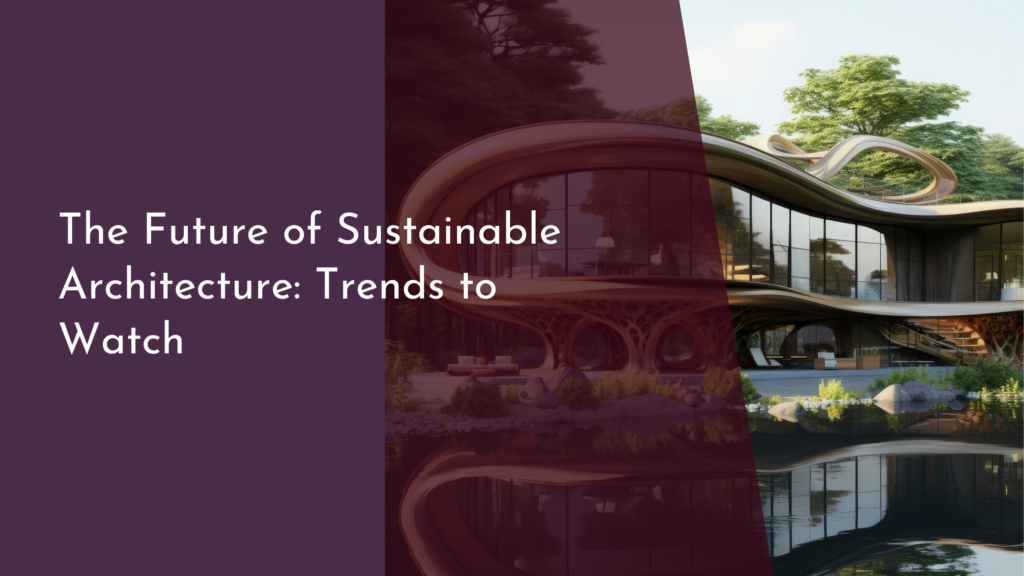Leveraging Urban Forests for Data-Driven Environmental Solutions
Urban forests, a vital component of our cities, offer a wealth of ecological, social, and economic benefits. As cities become increasingly crowded and stressed, the role of these green spaces is more important than ever. This article explores how urban forests can be leveraged in conjunction with data-driven solutions to enhance urban living conditions, support environmental sustainability, and engage communities in meaningful ways.
Discovering the Benefits of Urban Forests in Cities
Urban forests are not merely aesthetic enhancements to city landscapes; they play a critical role in improving air quality, regulating temperatures, and managing stormwater. Trees absorb pollutants and sequester carbon, making them essential allies in combating climate change. Furthermore, green spaces can lower urban heat island effects, providing cooler microclimates that make city life more comfortable for residents. In addition, urban forests promote biodiversity, offering habitats for various species that would otherwise struggle to thrive in urban settings.
Beyond environmental benefits, urban forests also contribute to public health and well-being. Studies have shown that access to green spaces can reduce stress, encourage physical activity, and enhance community interactions. Parks and tree-lined streets become social hubs where residents can gather, fostering a sense of belonging and community spirit. By integrating urban forests into city planning, municipalities can create healthier, happier urban environments that improve the quality of life for all citizens.
Harnessing Data to Optimize Urban Green Spaces
The integration of technology and data analytics into urban forest management presents a revolutionary opportunity for cities. Geographic Information Systems (GIS), remote sensing, and data collection tools allow urban planners to assess tree health, species diversity, and canopy cover. By analyzing this data, cities can make informed decisions on where to plant new trees, which species to select for specific locations, and how to allocate resources for maintenance effectively.
Additionally, citizen science initiatives can further support data collection efforts. Residents can participate in tree monitoring projects, uploading information about tree health, growth patterns, and local biodiversity through mobile apps. This crowdsourced data complements scientific studies and helps create a comprehensive understanding of urban forests, ultimately informing policies that prioritize green space sustainability and biodiversity enhancement.
Engaging Communities in Tree Planting Initiatives
Community engagement is essential for the long-term success of urban forest initiatives. By involving residents in tree planting and maintenance, cities can cultivate a sense of stewardship and ownership over their green spaces. Organizing tree planting events not only beautifies neighborhoods but also educates participants about the ecological importance of trees and the role they play in mitigating climate change. These events can strengthen community bonds and provide valuable hands-on experiences for participants of all ages.
In addition to planting events, educational workshops can empower communities with knowledge about tree care and environmental stewardship. Schools, local organizations, and community groups can collaborate to promote awareness of the benefits of urban forests. By fostering a culture of environmental consciousness, cities can inspire residents to take proactive steps in caring for their surroundings and advocate for policies that protect urban green spaces.
Shaping a Greener Future with Technology and Nature
Embracing technology is pivotal in advancing the sustainability of urban forests and ensuring their resilience against challenges such as climate change and urbanization. Innovations like smart sensors can monitor soil moisture, tree health, and environmental conditions, providing real-time data that informs maintenance strategies. Additionally, artificial intelligence can analyze patterns in urban forestry data to identify trends, predict future needs, and optimize resource allocation for tree planting and care.
As cities continue to grow, the collaboration between technology and nature will be crucial for developing innovative solutions to urban challenges. By leveraging data-driven approaches, local governments can create sustainable urban forests that enhance biodiversity, improve air quality, and foster community well-being. A greener future is not just a dream; it is an attainable reality when cities unite technology and nature to nurture thriving urban ecosystems.
In summary, urban forests are invaluable assets that provide myriad benefits to cities and their inhabitants. By harnessing data-driven strategies, engaging communities, and leveraging technology, urban planners and citizens alike can create sustainable, vibrant green spaces that enrich urban life. As we look to the future, our commitment to nurturing these natural resources can lead to healthier, happier cities for generations to come. Let’s take action today to ensure that our urban forests flourish and continue to support both people and nature in harmony!

